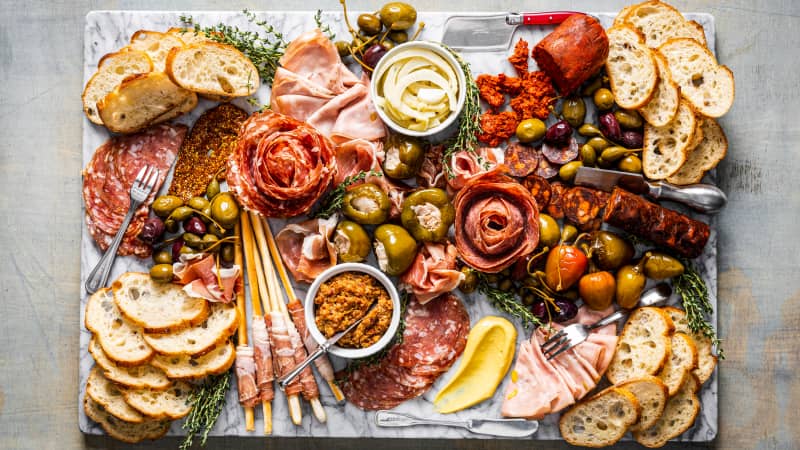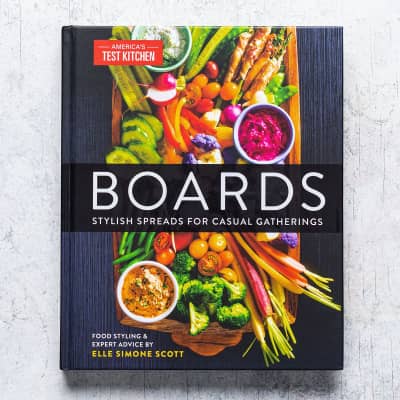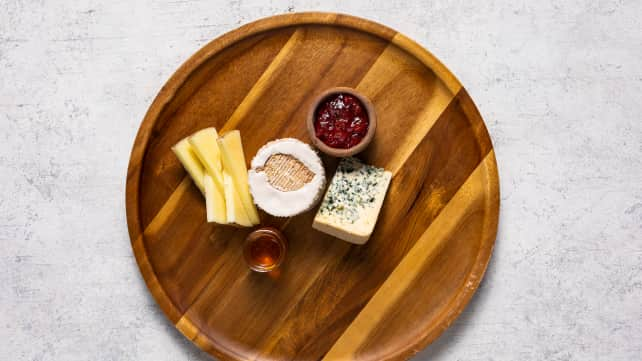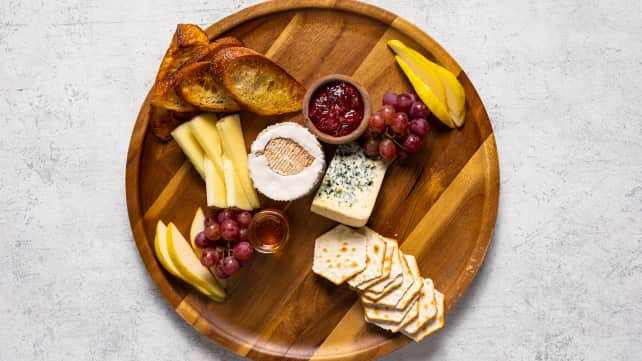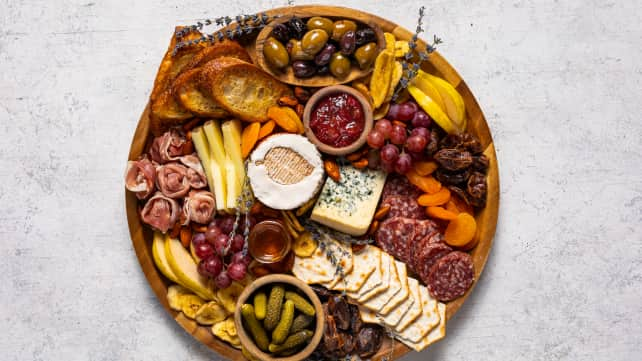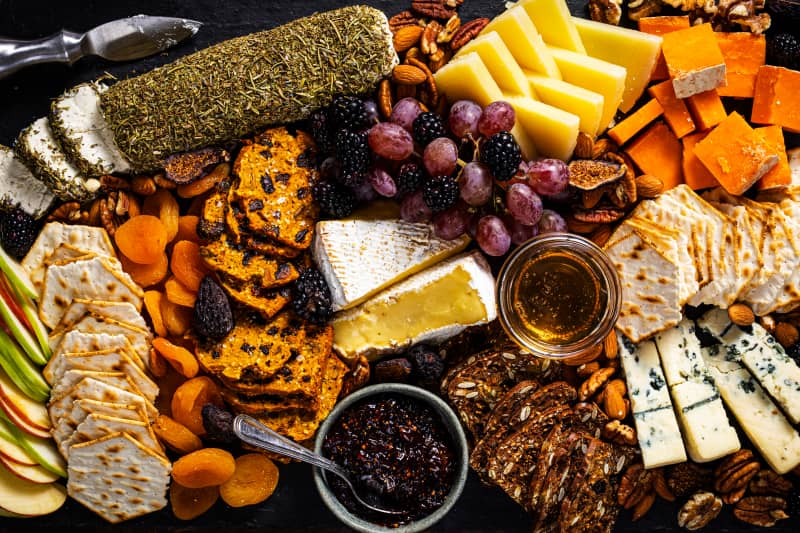Charcuterie boards are tailor-made for parties. But from choosing the actual board to arranging all of the items in an attractive way, there's a lot to consider. What's the best way to build the board? What are the best meats (and other items) to include in it?
We literally wrote the book on boards. Boards: Stylish Spreads for Casual Gatherings is full of recipes, entertaining ideas, and tips for creating photo-worthy spreads to impress your guests. (As a food stylist, Elle knows how to make food look good.)
The book contains board inspiration for every theme and scenario, but a charcuterie board is one of the most common and great for beginners. Here's everything you need to put together a balanced charcuterie board that looks as good as it tastes.
